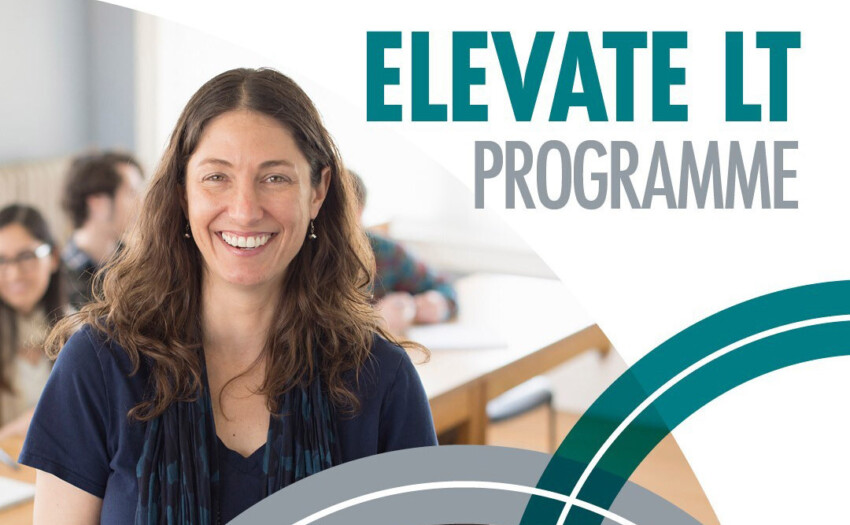The HOW2 Skills Exchange
Wrap your learning culture around the HOW2 Skills Exchange, and you'll see your teachers' self-sufficiency and professionalism grow. While research studies give teachers a general direction, it's their own colleagues who provide the practical know-how from which to learn.

Lethal Mutation
It’s now been recognised that research studies aren’t sufficiently precise or practical to be considered as practice guidelines. Dylan William writes that it’s teachers themselves who must adapt the research to fit their own individual circumstances.
But when does this necessary adaptation become unhelpful morphing? When there’s no platform of shared and accurate understanding of what exactly the teaching technique consists of. What you get is Dylan William’s term lethal mutation — the serial word-of-mouth explanations teachers give each other as they pass on their latest discoveries.
Using the Skills Exchange

Use the three statuses to share your learning, or learn from others. The statuses are:
Considering It: This marks out those HOW2s you are thinking about trying out. You could say they are on your radar. By designating some HOW2s in this way, you keep track of your intentions, as well as signalling to colleagues that you might be interested in their contacting you to work together on them. Equally, if you decide to work on one these HOW2s, then you can see if any colleague has also pencilled it in, so to speak. Use the Nudge tool to contact the teacher and see if they’d like to try it out with you so you can exchange your plans and progress.
Working On It: When you designate that you are trying out a HOW2, it helps you keep track of your progress. And tells colleagues in your school or college that you might either welcome some advice from them, or might like to be available from those who are, at the moment, only Considering It. Using the Notes function, you can capture your plans and progress.
There’s no need to write lengthy accounts — just notes explaining if your intentions (what you hoped to achieve in terms of student learning) are making an impact. Apart from being very useful to you, they would also be a great help to a colleague about to try out the HOW2.
Embedded It: After a period of trying out the HOW2, you will arrive at a level of fluency and frequency of use, that you’d say that it had firmly found a place in your personal teaching tool box. In which case, you would mark your status for this HOW2 now as Embedded It. There will now be a good chance that some colleagues will notice your status for that HOW2 and send you a Nudge request for information about your use.
Sharing best practices
Your use of the Notes will now be of real value to your colleagues. While there is plenty of talk about sharing best practice, the Skills Exchange systematises it. Furthermore, it captures not just a single best practice, but best practices (plural). The recent dropping by Ofsted of a perceived single approach to teaching, reveals the misconception of the sharing (of a single) best practice. What might work in one subject, with a particular class, might not be appropriate in others. The Skills Exchange captures a constellation of best practices.
The contribution of the Skills Exchange
There’s nothing quite like the Skills Exchange. It has six attributes that support the transformation of global, general evidence into local, practical know-how. Turning abstract lists of meta-analyses into locally appropriate teaching techniques produces highly valuable pedagogical knowledge. What could be of more value to a teaching establishment after all?
Knowledge capture: No more goldfish-like lack of retention of the best teaching approaches. The capture of the organisation’s best practices is cumulative (building over time), current (live sharing) and consensual (teachers decide to share).
Open statuses: Teachers determine for themselves the status of their learning of a HOW2, as a mark of their autonomy. Their transparency to colleagues provides both an invitation to connect, and the peer accountability to respond reciprocally.
Lateral network: This is no top-down directed activity. It generates itself purely from a free exchange of ideas and skills, providing teachers with trusted and valued know-how from fellow teachers working in the same environment.
Radial hub: No lethal mutation from serial word-of-mouth. The central hub of HOW2s provide a shared understanding among teachers of how precisely the techniques work, and from which they share their experiences.
Shared know-how: Teachers access, directly from peers, what they have found works best in their classrooms. And they learn how they adapted, and for what reasons, the HOW2s to best fit the challenges of their classes. Powerful, valued and trusted know-how.
Data capture: Being digital, and always on, everything is captured. This gives an accurate and up-to-the-minute profile of the professional learning in the school or college. Such information of daily professional learning is powerful evidence of continual school improvement. And pretty useful to show to a passing inspector too.
Learn more
Visit the Learning Centre to learn more about the Skills Exchange. In the Learn the Tools section you’ll get snappy explanations you can use immediately.






